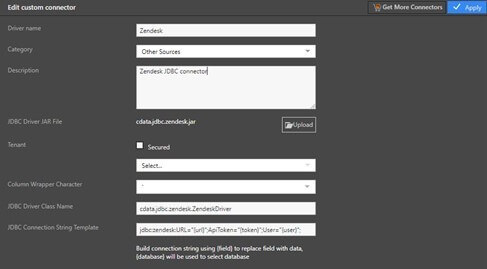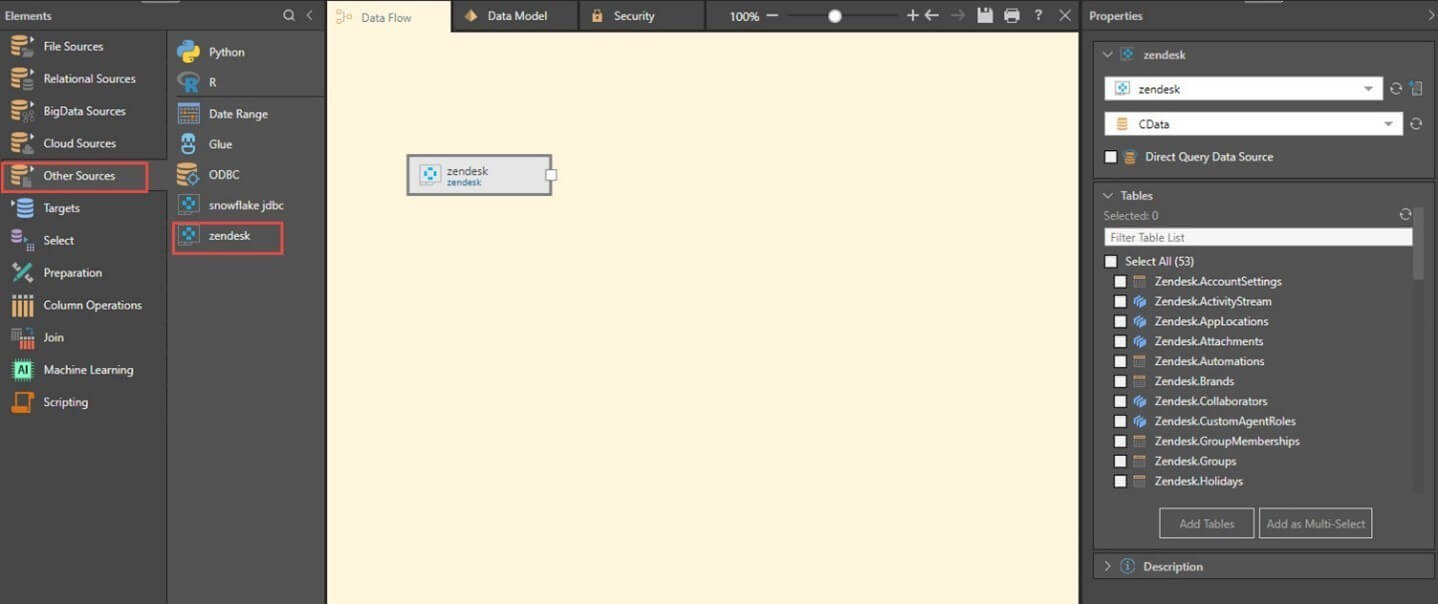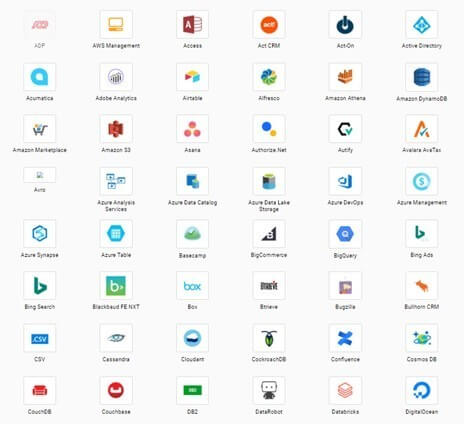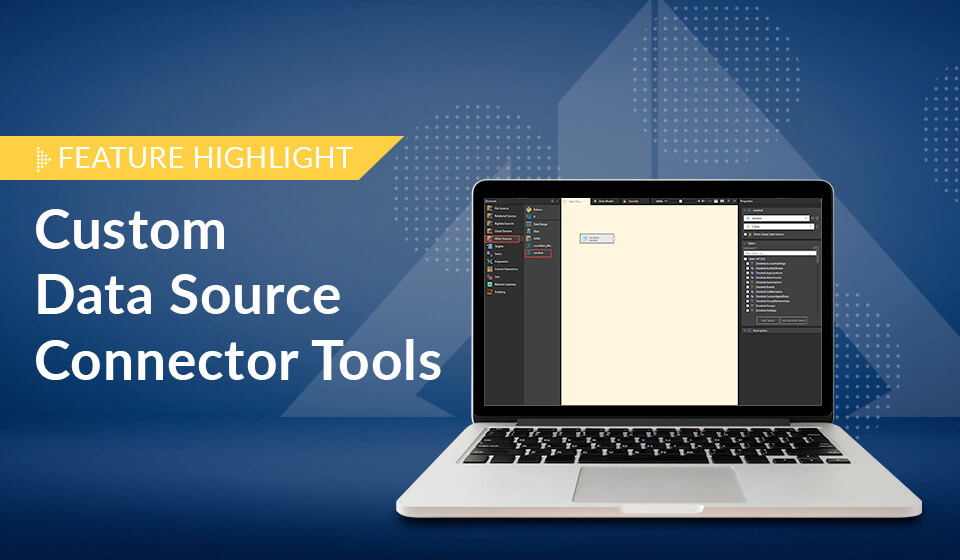Pyramid provides administrators the ability to self-configure connectors for almost any JDBC data source, providing users access to these data sources.
As more applications and databases are developed it is important for analytics platforms to be able to access and ingest data from these disparate sources. Pyramid’s Custom Data Connector feature allows administrators to easily add and configure custom JDBC connectors (or “drivers”), adding them to Pyramid’s list of pre-configured JDBC drivers, so users can ingest data from these data sources as if they are a built-in option without requiring any further configuration. Administrators can set the caption and description and upload the “JAR” file for the JDBC driver and use them instantly without requiring any additional coding. Pyramid’s robust governance model also ensures that the drivers are secured in multi-tenant deployments.
Separately, Pyramid has partnered with CData. CData sells over 200 custom JDBC connectors that can be integrated into the platform.
Example
An administrator wants to add a JDBC driver for Zendesk to provide users access to ingest their help desk data and integrate with their line-of business systems for reporting. The administrator accesses the custom connectors dialog box and enters the caption and description and uploads the Zendesk Jar file. The user then selects the “Other Sources” category, so the connection can be accessed when working on the “Model” tool.

Once the connector has been set up, the connector appears with all “Other Sources” options and even a non-administrator users can drop the connector onto a model as if it were a standard source without requiring any technical knowledge of how to set up connectors.

CData
The CData JDBC driver collection is extremely large and excels with data sources that don’t typically come with their own drivers. Click here to read more.

Summary
JDBC data connectors enable users to ingest and combine a variety of data from external sources. Pyramid provides administrators the ability to easily configure custom connectors without new code from Pyramid. Non-technical users can then seamlessly access these data sources in the Model tool as if they were part of the platform itself. Finally, Pyramid’s robust governance model allows the drivers to be secured and deployed in a multi-tenant environment.















